Special Report
The Most Common Injuries Around the Holidays, According to ER Doctors
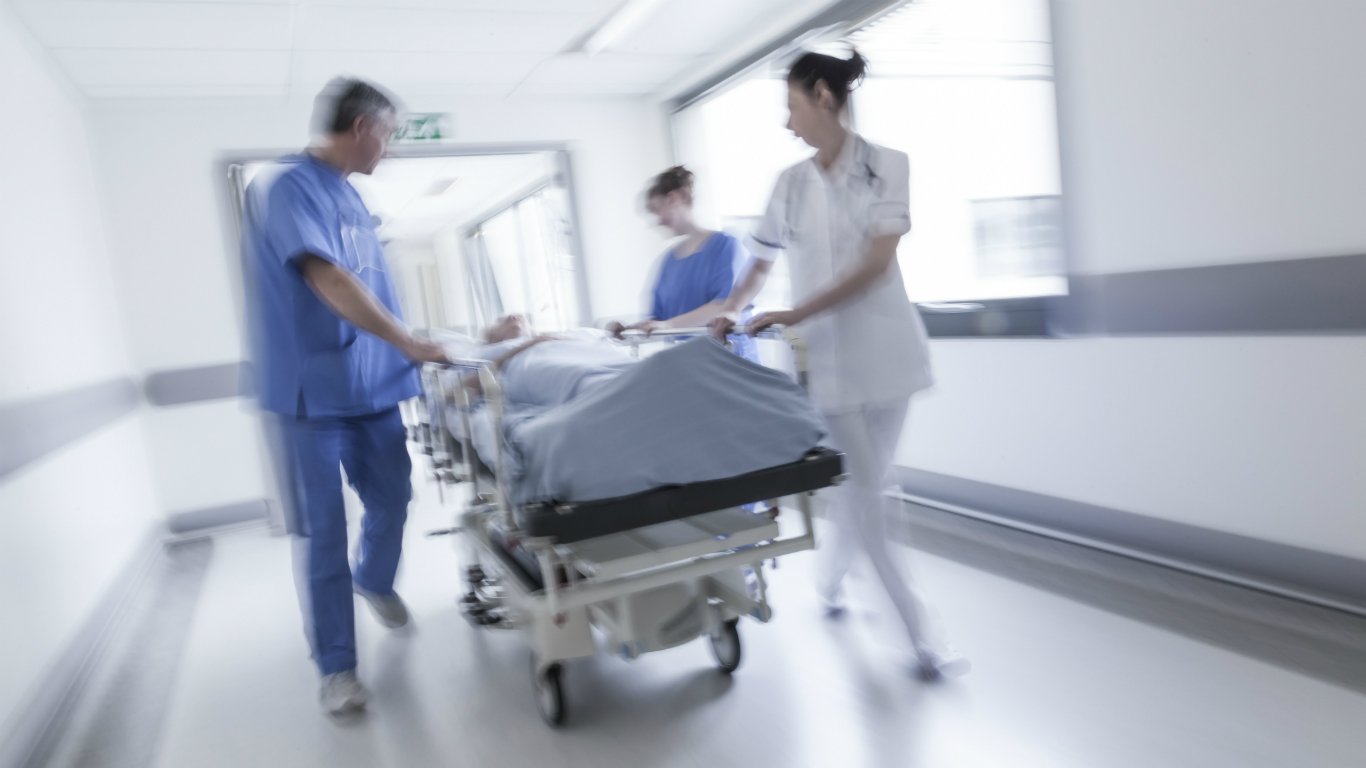
Published:
Last Updated:

‘Tis the season to be jolly…and careful. Emergency room visits spike during the holiday season as some injuries are more common that time of year.
Thanksgiving probably sends the most people to the ER, Dr. Jim Getzinger, physician at the Beaumont Health Emergency Center in Royal Oak, Michigan, says. The culprit is a combination of factors — a lot of drinks, unusually high food intake, an extended weekend, and it still being the sports season. Trying to show off your football skills after drinking sometimes may end up with running into a wall, he noted.
ER doctors are unanimous in blaming alcohol for most hospital visits during the holiday season. Drinking and driving is too common. It makes people vulnerable and irrational. “There is nothing more heartbreaking to an ER doctor or an EMS than to see a fatal crash involving multiple families when that happens on holidays,” says Dr. Douglas Kupas, ER physician at Geisinger Medical Center in Danville, Pennsylvania. “Sometimes the victims are not even the people who have been drinking.”
The activities that cause the most injuries and send people to the ER between Thanksgiving and New Year’s, especially if combined with alcohol, are driving and cooking.
Sudden changes in eating habits are the worst culprit when it comes to people visiting the ER, while alcohol is No. 1 in terms of severity of the injuries, Dr. Jeffery Metzger, chief of emergency medicine services at Parkland Health & Hospital System, explained. It’s a lot more common for people to die from an alcohol-related injury; abdominal and chest pain as a result of eating too many bad foods is usually treated, he added.
Hospital visits on the day of the actual holiday are relatively uncommon, ER doctors say. The busiest times are the day after Christmas and the two days after Thanksgiving, mostly due to dietary indiscretions, Cristopher Amanti, medical director of the emergency department at Boston Medical Center, said.
“We sit around with staff all day because we don’t have many patients during the day,” Kupas said. It picks up in the evening after people start going home. It gets especially busy if there is a local football game on, he noted. “As soon as the game is over, the flood gates open.”
To compile a list of the most common injuries during the holiday season between Thanksgiving and New Year’s, 24/7 Wall St. talked to several ER doctors who shared their experiences. The following, in no particular order, are some of the most common holiday injuries.
Click here to see what doctors say are the most common holiday injuries.
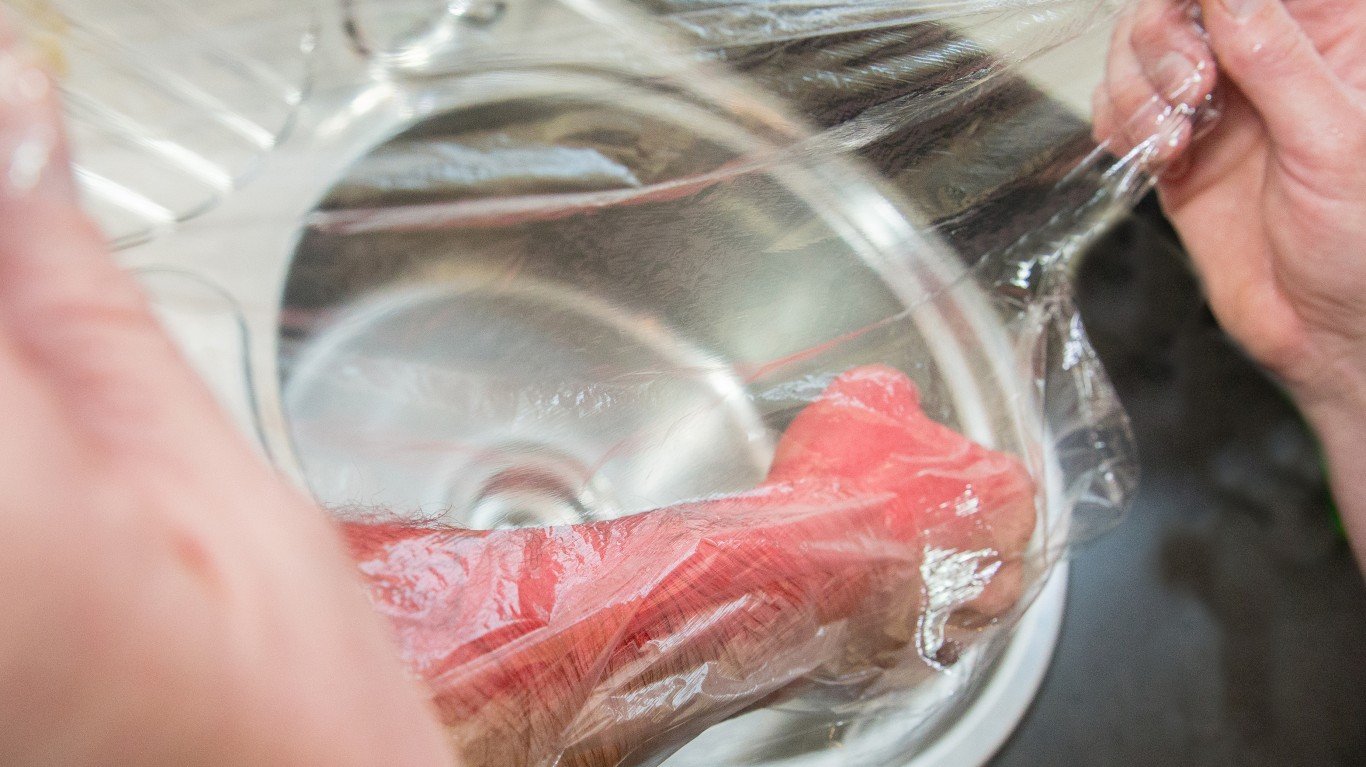
1. Severe burns
The skin is the most commonly injured organ around the Holidays, according to Metzger. And cooking accidents are very common in ERs around Thanksgiving.
“People don’t understand that oil can go anywhere when it sprays,” Getzinger said. Third-degree burns are a regular diagnosis. Hot water on the face, oil splashed, burns after people try to grab something from the oven — these are all very common accidents that bring people to the ER, he explained.
Turkey fryers have become very popular, making them a common cause for ER visits, according to Kupas. “People forget to leave enough space and end up putting the turkey in too much hot oil, which then overflows and burns your skin.” At the very least, he added, fire-resisting gloves should be used.
Burns are common around Christmas, too. People use real candles and even sometimes put them on trees as decorations. “They get burned just from reaching across,” Kupas said. “Not to mention the fire hazard they present.”
[in-text-ad]
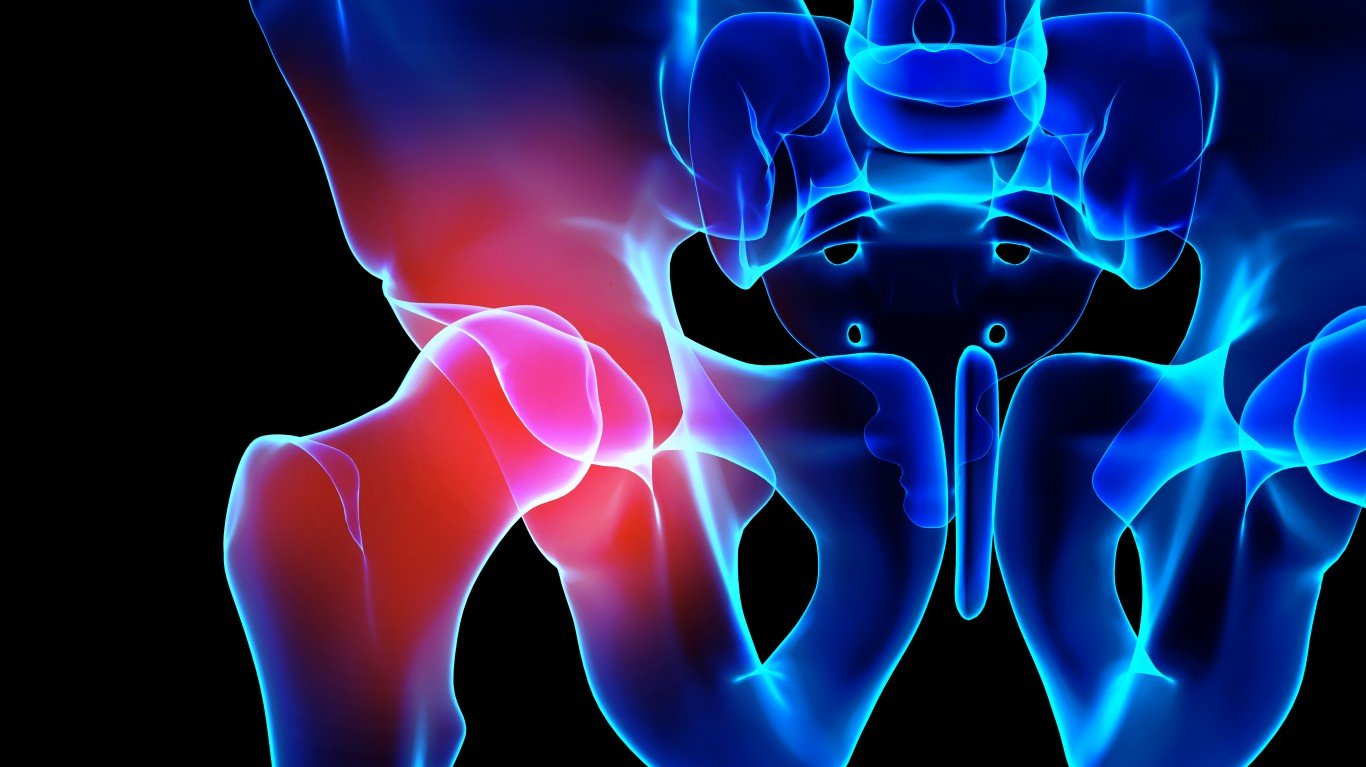
2. Hip injuries
“We call this time of year the ‘hip season,'” Getzinger said.
Statistically, the No. 1 reason for visiting trauma centers, at least in Pennsylvania, according to Kupas, is accidental falls. “It used to be car crashes, but as people live longer, the number of falls causing serious injuries has surpassed them.”
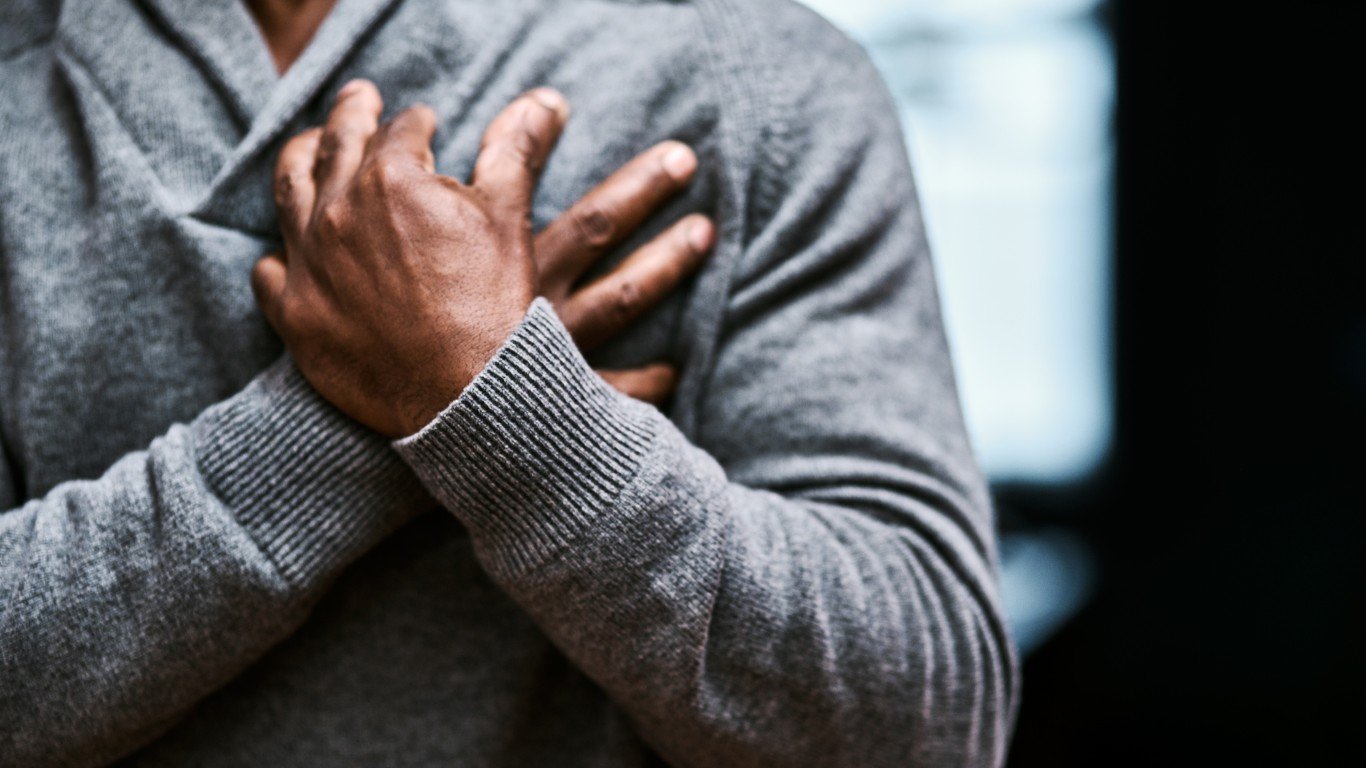
3. Heart failure
The unusually high amount of salt and sugar intake around the holidays, especially Thanksgiving, may cause a problem for people with pre-existing conditions and with congestive heart failure, Amanti explained. High levels of sugar leads to higher blood pressure and inflammation. High blood pressure can create stress on the heart and arteries, which can lead to heart attacks.
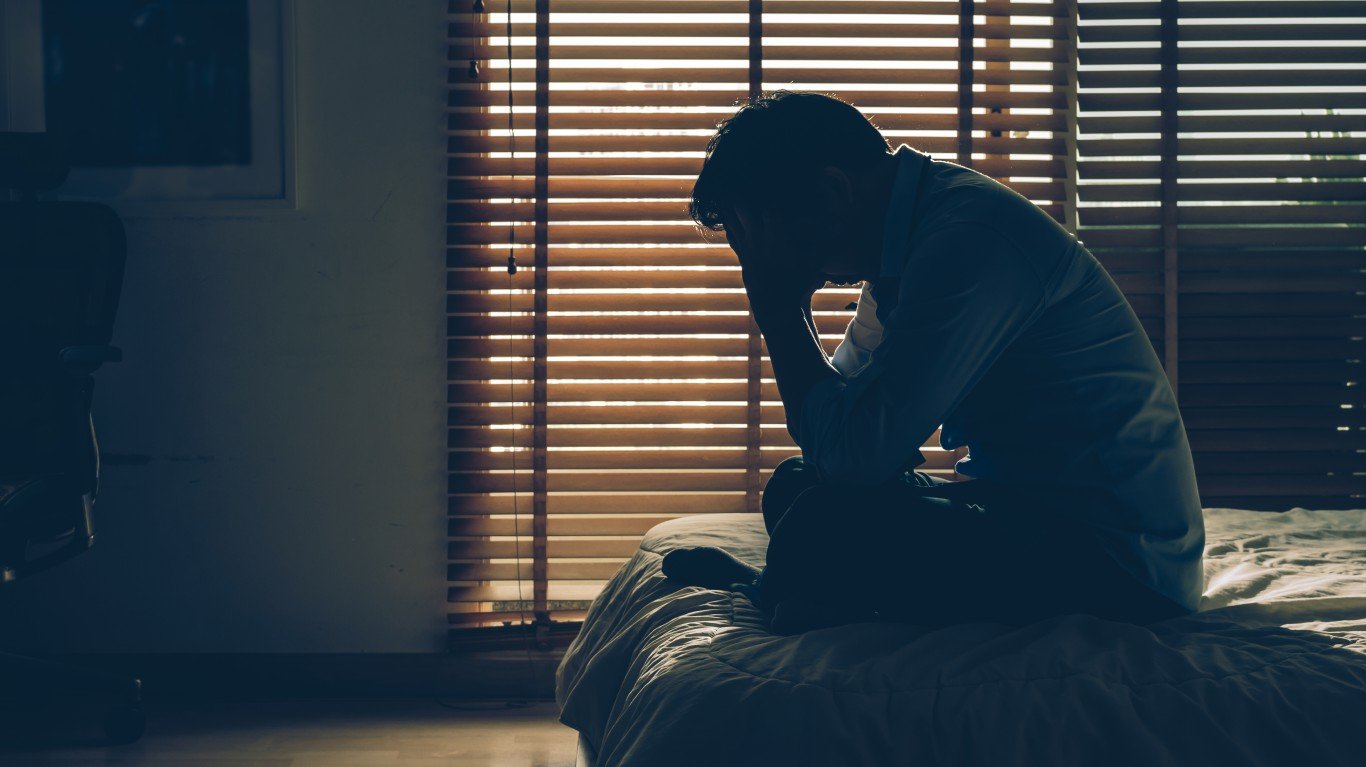
4. Depression
Holidays are times filled with emotional highs and lows. One problem that causes a spike in ER visits during all holidays is related to mental health. “We do see more clinically depressed people around the holidays and people who have attempted suicide,” Metzger said.
Research shows that stress over the holidays increases rather than decreases. Anxiety over unrealistic expectations, lack of time to prepare, and spending too much money are common reasons people feel depressed.
[in-text-ad-2]
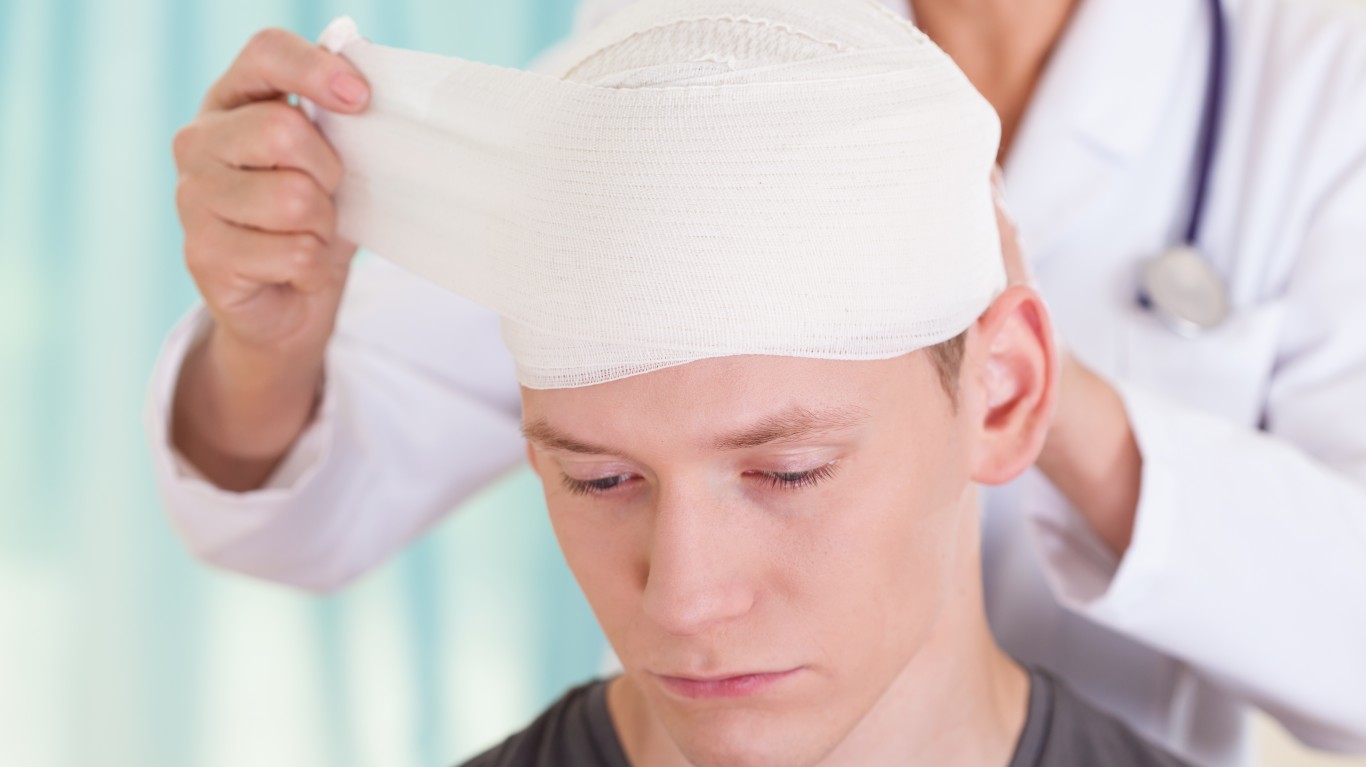
5. Head injuries
People often fall backwards and hit their heads hard during the holidays. This usually happens when they are trying to decorate the Christmas tree or around the house, Getzinger explained. He gave the example of hoverboards, which are a hazard most people don’t think of. “Kids often fall and hit their head and back.”
Older people coming to the ER with head injuries around the holidays as a result from falling is also common. “For the elderly, even falling from standing can be serious and lead to brain trauma and broken bones,” Kupas said.
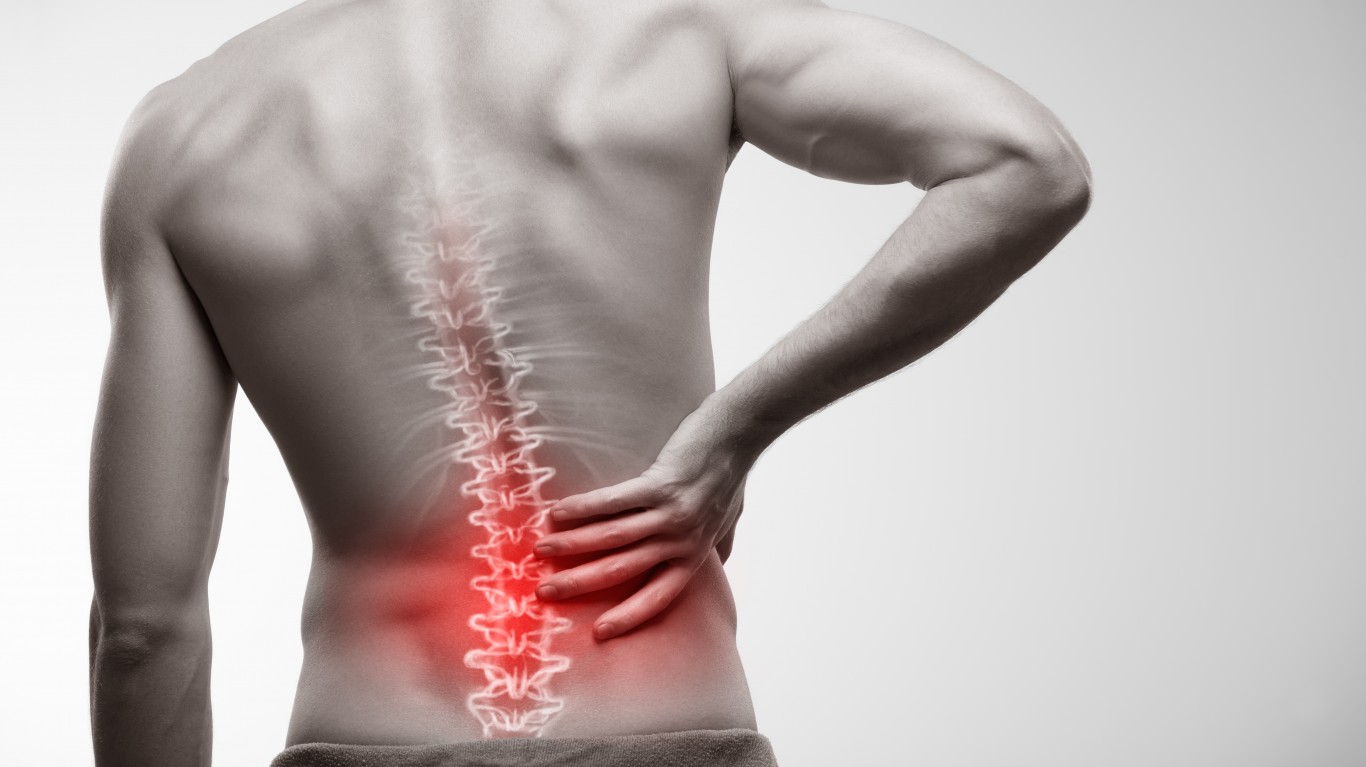
6. Lower back injuries
Most lower back injuries around the holidays are the result of falling on icy steps, according to Getzinger. Research has shown that back injuries are the most common problem from falls during nine days after a storm.
[in-text-ad]

7. Alcohol poisoning
New Year’s is the holiday that brings the most alcohol-related injuries, Metzger said. In fact, New Year’s Eve is the second biggest holiday of the year in terms of average number of drinks consumed, exceeded only by Mardi Gras. The holidays season is the time when the most extreme cases of drinking alcohol take place, according to the American Addiction Centers (AAC).
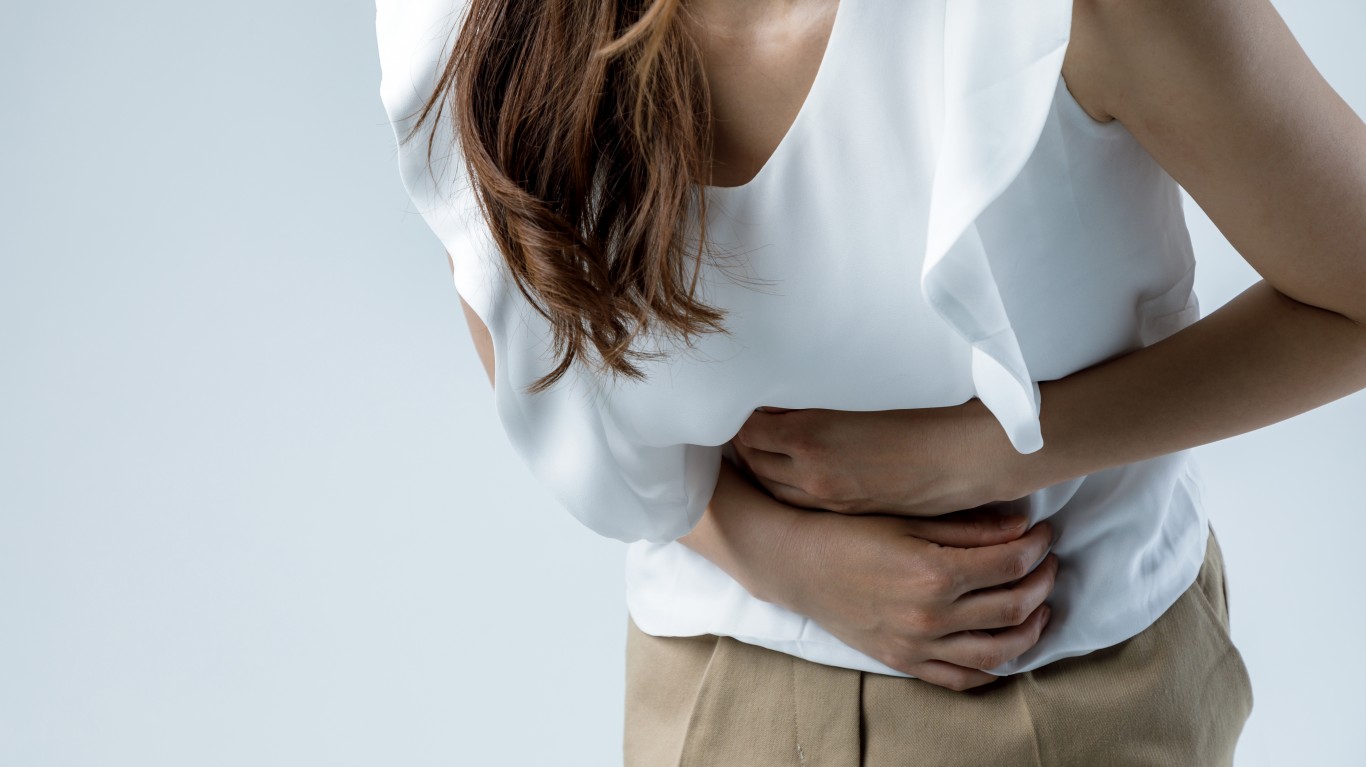
8. Food poisoning
People usually hear more about food poisoning in the summer when the warm weather causes bacteria to quickly grow in food that is left outside, but this happens around the winter holidays, too. People leave stuffing and fried turkey out for hours, and they are just breeding ground for bacteria, Kupas said.
“We once had a whole family of seven in the ER with vomiting and diarrhea,” Getzinger said. These kinds of visits usually happen several days after the holiday itself as a result of people consuming improperly stored food, he explained. “Wash your hands before you put anything in your mouth.”
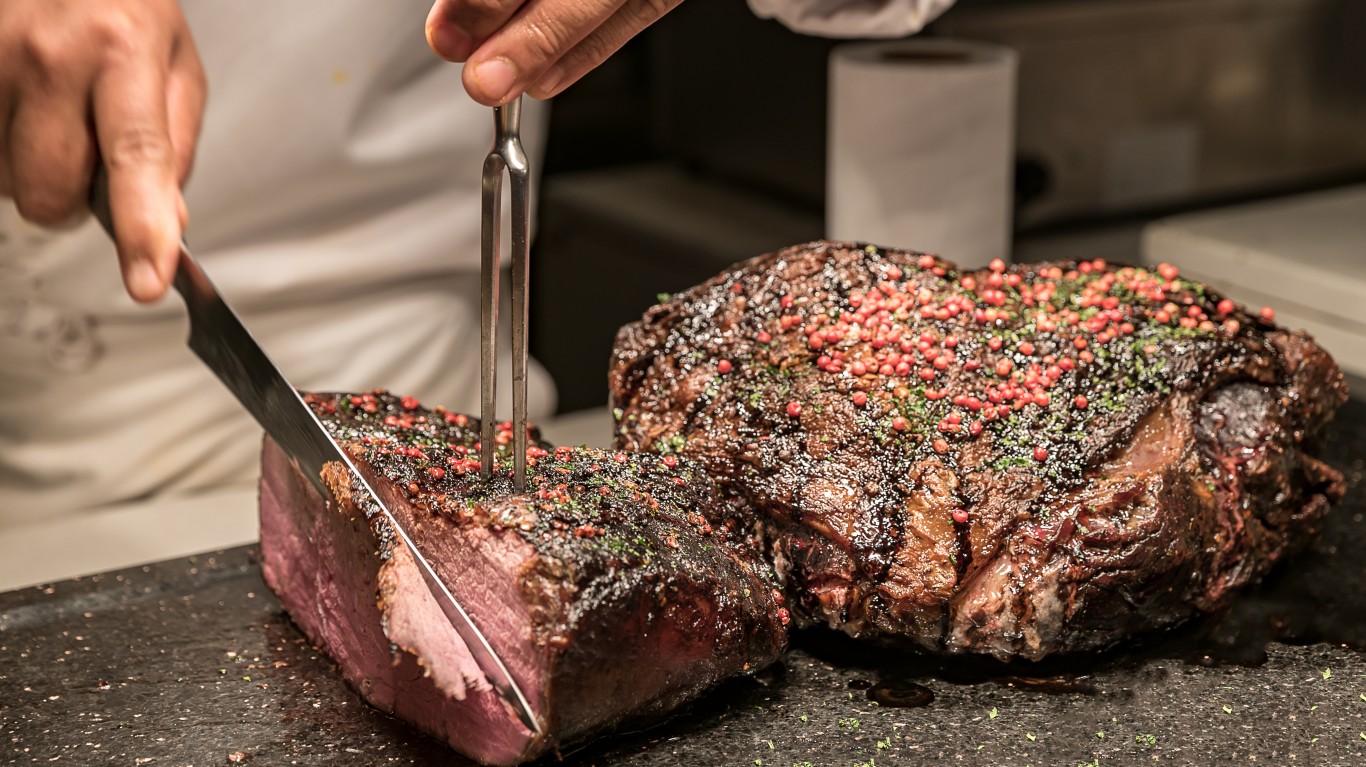
9. Big cuts
Sharp knives and holidays are not a good combination. Cuts that require stitches are common in ERs, Kupas said. The two most common reasons are: People take out the nice cutlery for the special occasion but are not used to handling the knives and get hurt, or they’re trying to slice the turkey even though they don’t know how. Slicing a piece of a finger trying to cut a turkey is not very common, but it does happen, Getzinger added.
[in-text-ad-2]
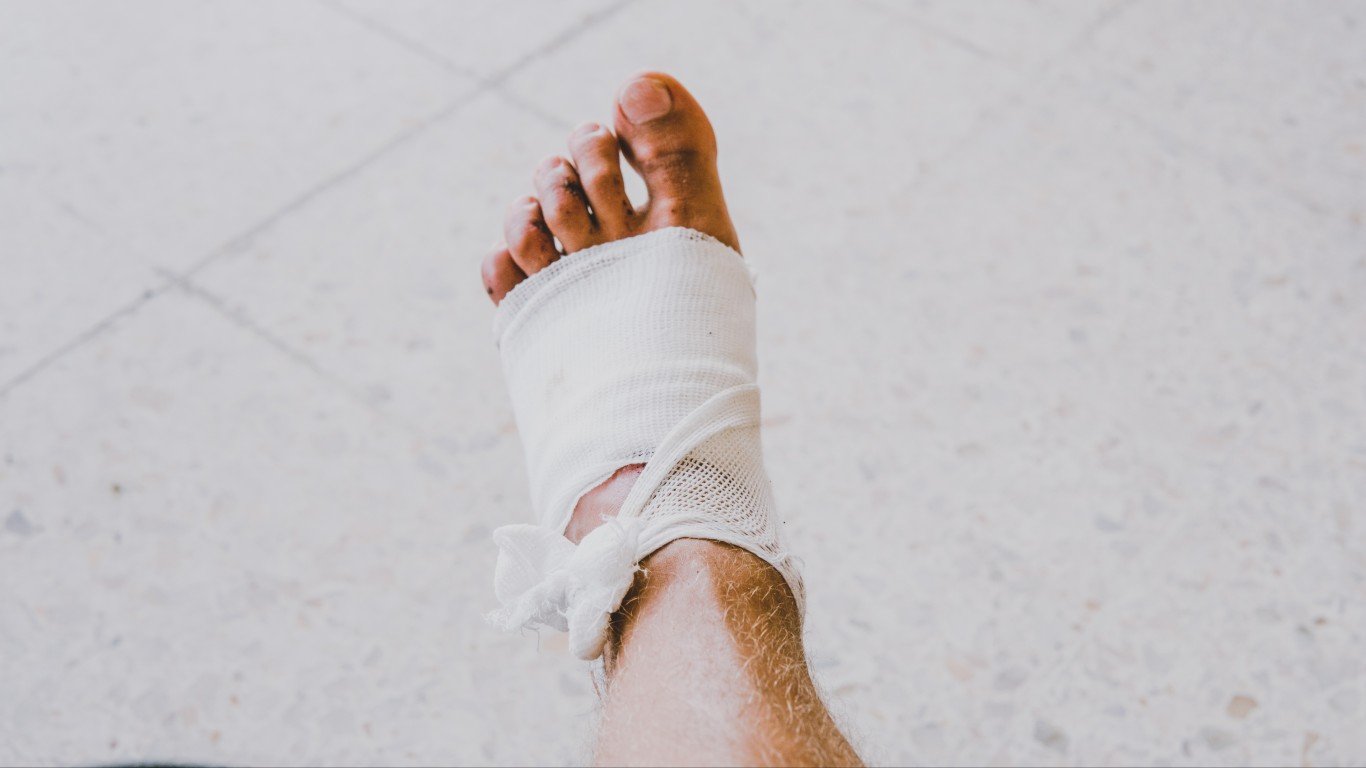
10. Abrasions
Scraped skin damaged while cleaning the house preparing to host people for a holiday party or as a result of mishandling gift wrapping paper is common, according to Getzinger. “Go to the ER if you’re in severe pain; otherwise, just wash out the area and let it heal.”
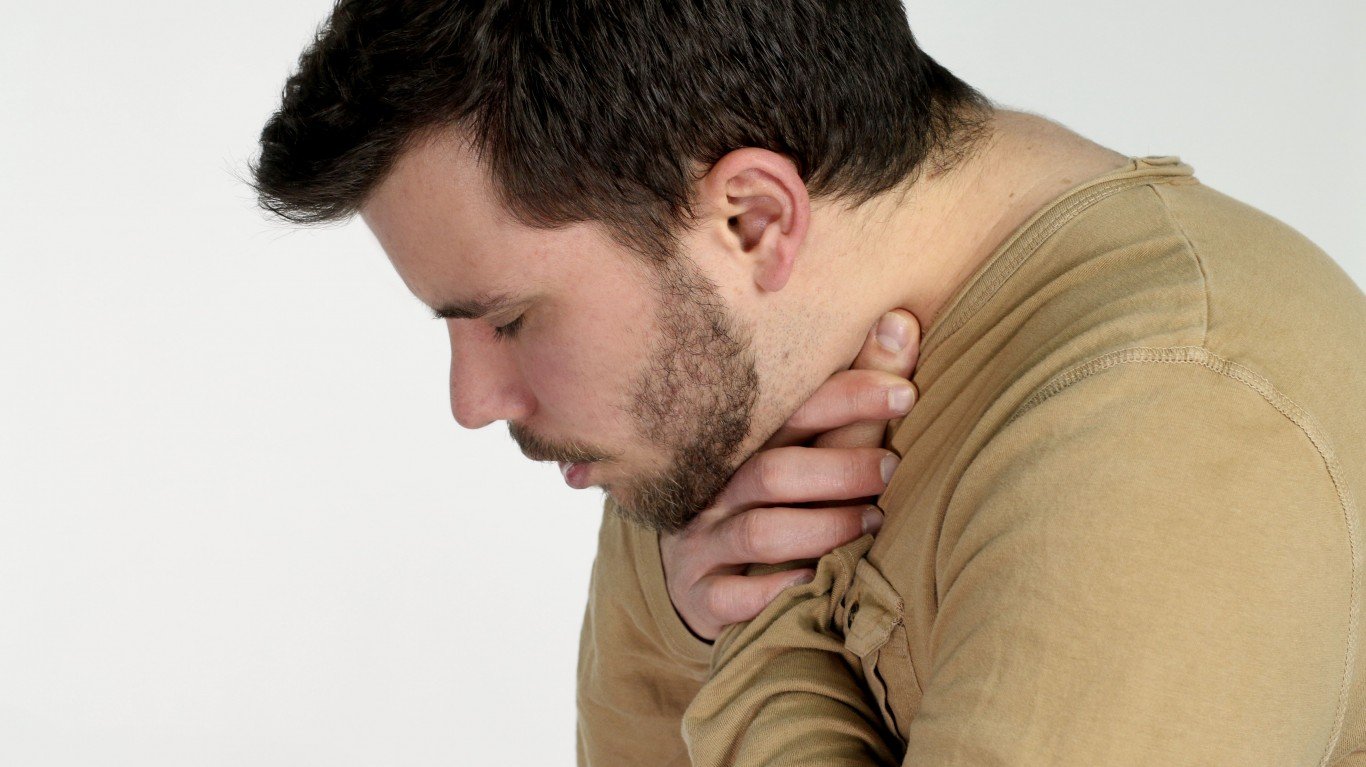
11. Choking
“Mistletoes are pretty but pointless,” Getzinger says. Kids grab plants and eat them, oftentimes choking, he added. “Keep plants away from pets and children.” Swallowing injuries can lead to breathing problems and even poisoning, especially if a child ingests hand sanitizer. Airway obstruction is the fifth leading overall cause of death among children, especially those under one.
[in-text-ad]

12. Broken bones
This is a big concern for older people. The problem is that many don’t realize how serious falls can be, Kupas said. “The risk increases dramatically after [the age of] 55.” People’s balance, senses, and coordination are not as good. “Falls from even a step ladder can lead to serious fractures and even broken bones.”
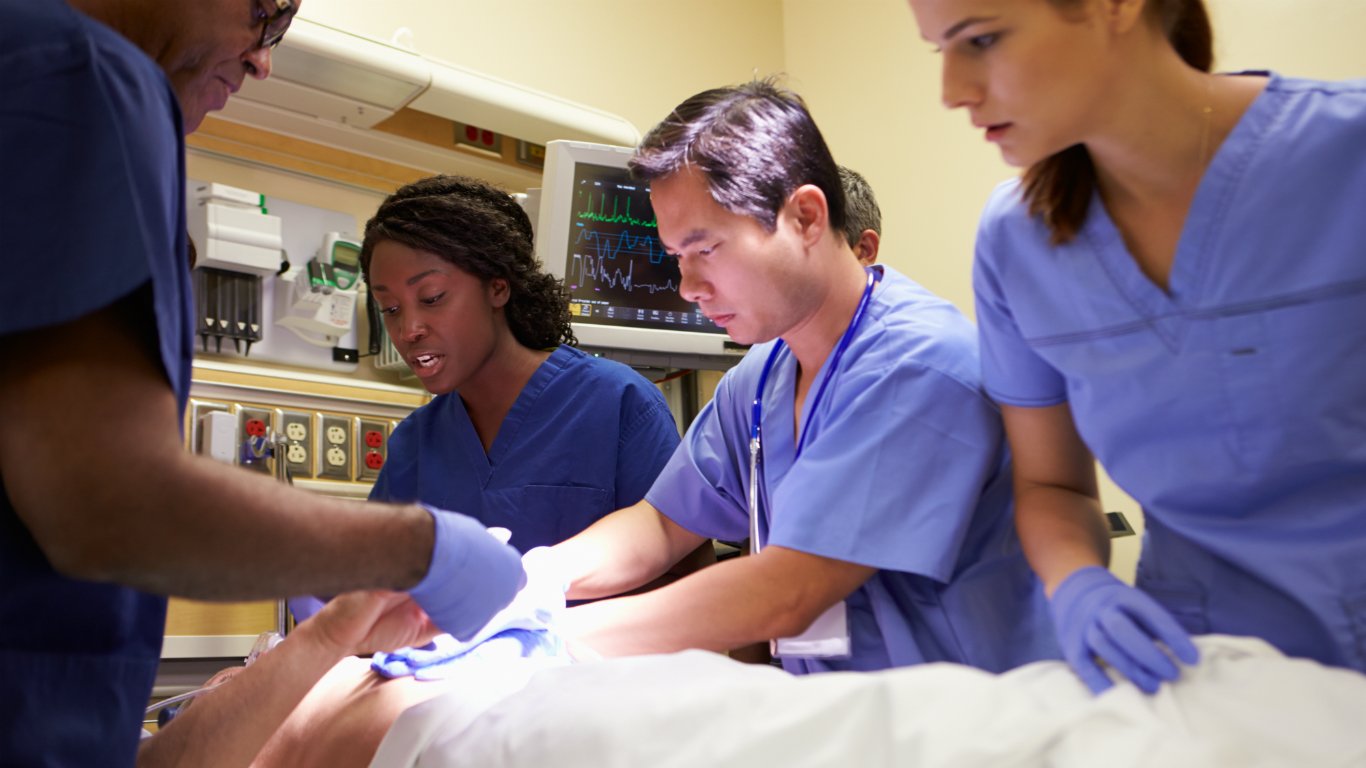
13. Stabbings
Extreme cases of physical altercations are not unheard of when families get together around the holidays. “We had a patient who was stabbed by a family member,” Getzinger said. Relatives who don’t see each other much get together and stay together for a long weekend are bound to argue. Arguments can get heated, and under the influence of alcohol, can end in the ER, he added.
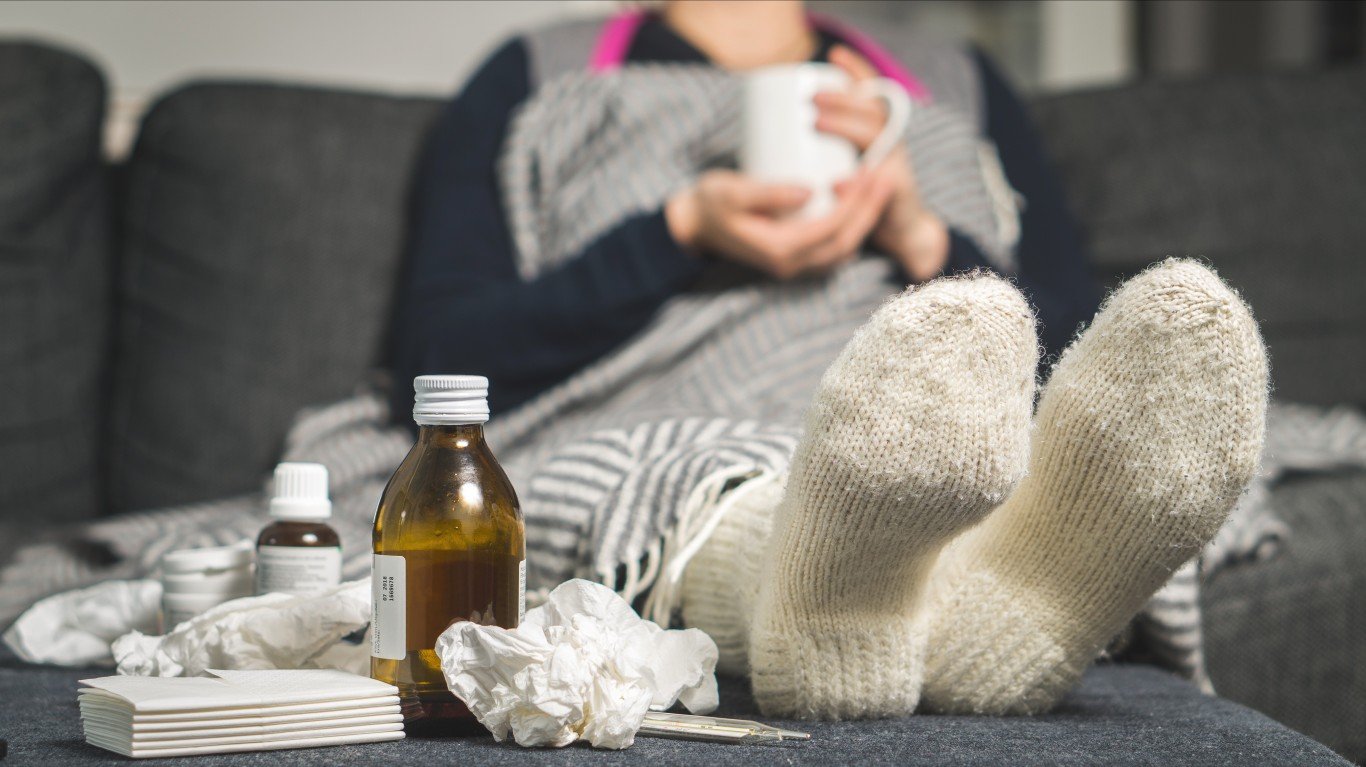
14. Flu
While the flu is not directly related to the holidays, visits to the ER because of it start to peak around that time, Getzinger said. More people than usual are in a close environment for a few days in a row. Someone is bound to catch a virus if another person is already sick, he added. “Cover your mouth when you cough or wear a mask if you have the flu.”
Historically, the most frequent complaints ER doctors hear in the winter are abdominal and chest pain, at least this is the case at Parkland Hospital in Dallas, Texas. Coughing made it to the top three complaints last year due the record-breaking high volume flu season.
Finding a qualified financial advisor doesn’t have to be hard. SmartAsset’s free tool matches you with up to 3 fiduciary financial advisors in your area in 5 minutes. Each advisor has been vetted by SmartAsset and is held to a fiduciary standard to act in your best interests. If you’re ready to be matched with local advisors that can help you achieve your financial goals, get started now.
Thank you for reading! Have some feedback for us?
Contact the 24/7 Wall St. editorial team.